
In a certain sense, one can mark the beginning of the end of Euro-Australian painting's provincialism with the Whitechapel Art Gallery's exhibition, "Recent Australian Painting", June-July 1961. While this exhibition lacked the art-historical importance of, say, the 1925 Exhibition Internationale des Arts Décoratif et Industriels Modernes, it was a solid beginning. The introduction to the exhibition's catalog was written by the then semi-famous Robert Hughes, with a foreword by Sir Kenneth Clark.
Among the better-known Australian painters is John Olsen. His painting, The Bicycle Boys Rejoice, seems fitting for Esthetecyclist. Unfortunately, the painting's whereabouts are now unclear, and the best image I could get was a scan of the black and white reproduction. Here's what Robert Hughes wrote about it in his 1970 masterpiece, The Art of Australia, pg.262:
"He had his first exhibition in 1955, and his first significant paintings, the Bicycle Boys, were painted a few months later. In these half-lyrical, half-ironical paintings of racing cyclists, several later trends in Olsen's work appear for the first time. The gawky angular gestures may be a legacy from Passmore [his mentor], but the spidery line, which rambles and jerks across a gay surface of ochre and white, has an immediacy and wit foreign to Passmore's work: this is the beginning of Olsen's linearism. (Do these puppets, perched on their rickety wire mounts, have some ironic reference to that favourite hero-image of the Renaissance, the equestrian figure?) The forms are written on to the canvas, almost cursively - a breakaway from Olsen's Cézannist training under Passmore. Figure and machine, imbued with life by the action of this nervous line, are united in one metamorphic image."
Indeed, unity of figure and machine.
Image: Robert Hughes, The Art of Australia

































.jpg)




















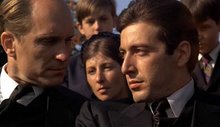



























.jpg)































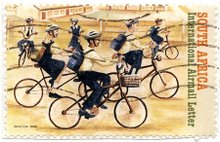

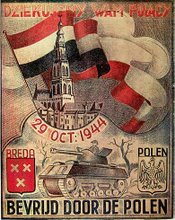










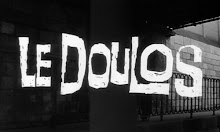






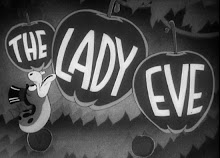







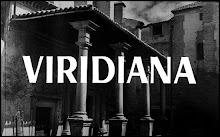

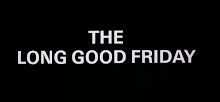



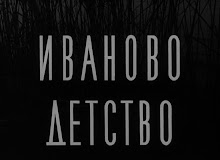






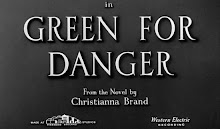





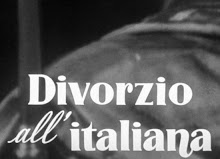


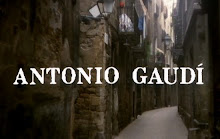






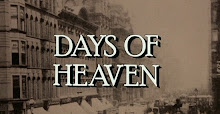


.jpg)




.jpg)



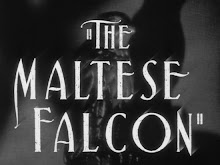




No comments:
Post a Comment